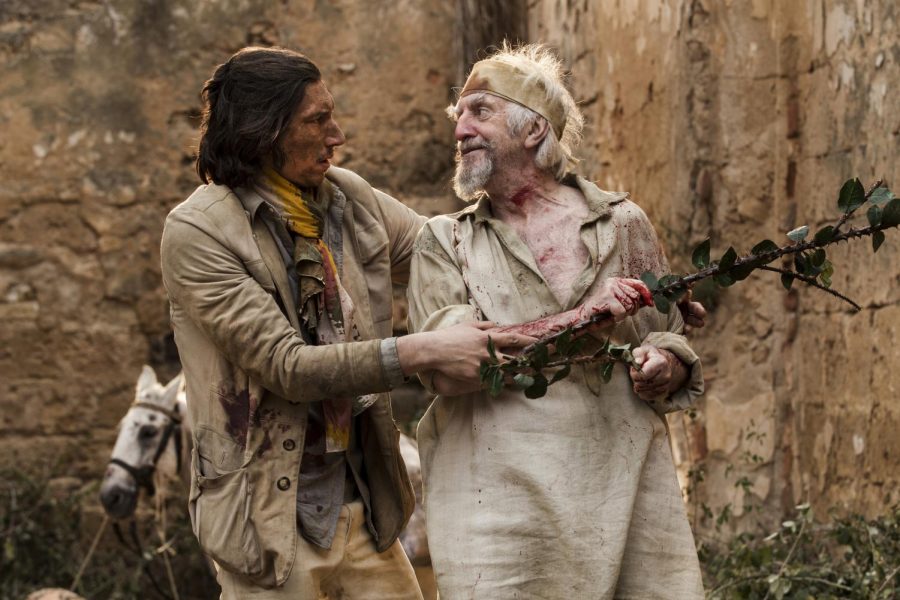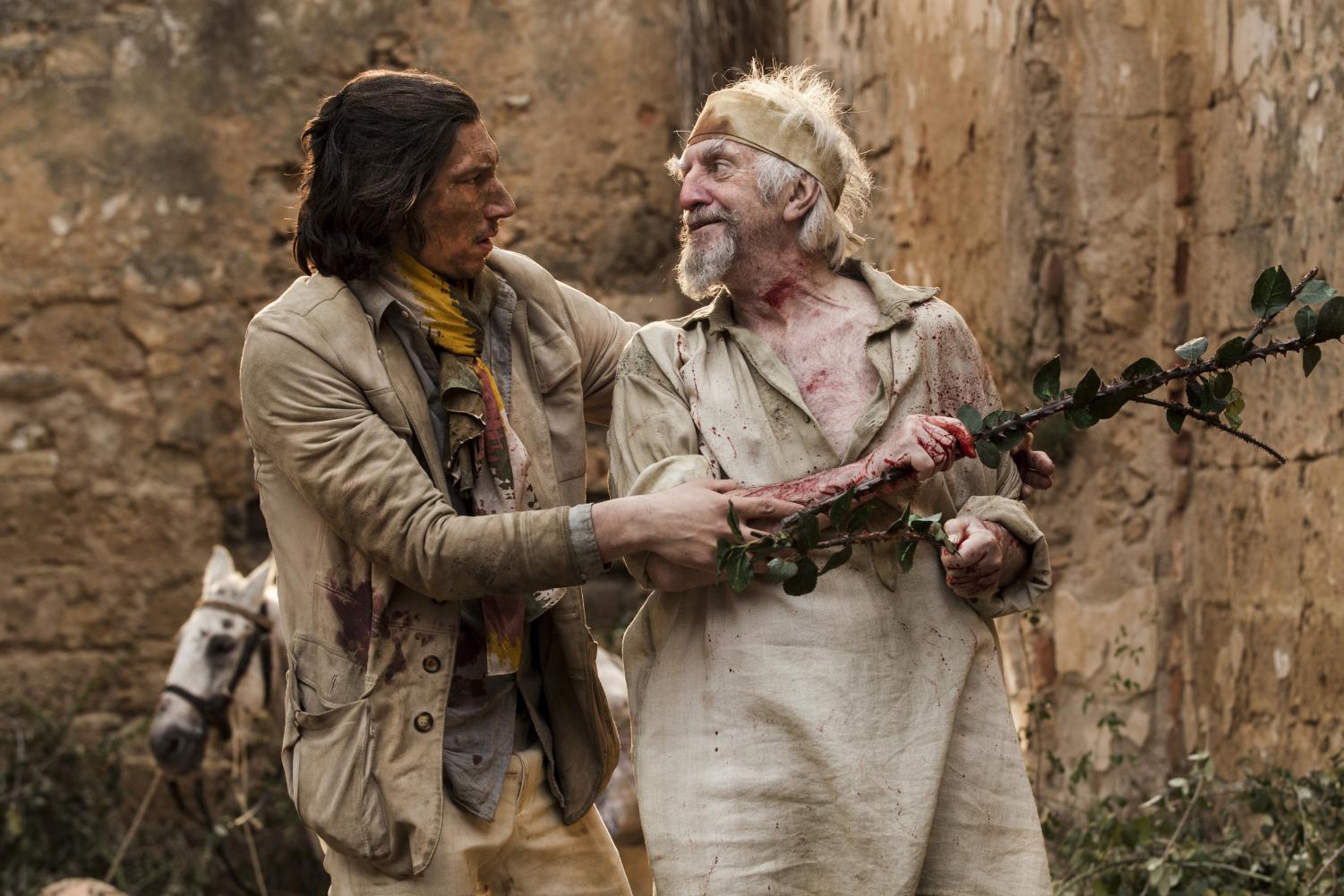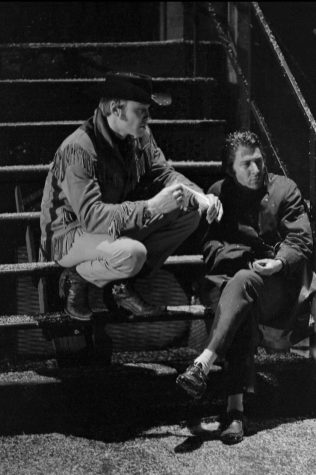“The Man Who Killed Don Quixote” Thrives in Dysfunction

“The Man Who Killed Don Quixote” Thrives in Dysfunction
Terry Gilliam’s “The Man Who Killed Don Quixote” has finally hit theaters after 25 years of troubled production. (Courtesy of Flickr)
Terry Gilliam’s “The Man Who Killed Don Quixote” has finally hit theaters after 25 years of troubled production. (Courtesy of Flickr)
May 1, 2019
Filed under Culture
Hang on for a minute...we're trying to find some more stories you might like.
Email This Story
By Matthew Dillon
After 25 years of troubled production, Terry Gilliam’s “The Man Who Killed Don Quixote” finally hit theaters. “Don Quixote,” originally a 17th-century novel by Miguel de Cervantes, has been the subject of countless reinterpretations. Gilliam manages to offer one of the better reimaginings.
The film stars arrogant director Toby (Adam Driver), who remains indignant and unsatisfied even after finding success. While filming an advertisement in Spain, he returns to the small village where he once shot his “Don Quixote” based student film.
Hoping to rediscover his long- lost passion for film, he instead finds that his production had disastrous consequences for the villagers and Javier (Jonathan Pryce), who Toby cast as Don Quixote, never stopped playing the part of the wayward knight. Like much of Gilliam’s work, “The Man Who Killed Don Quixote” is uneven. However, when the film comes together, it is wonderful and hilarious.
Pryce’s performance as a man who genuinely believes himself to be Don Quixote is convincing enough that the shoemaker might as well be telling the truth. While Javier is not technically the real thing, the film nonetheless effectively captures the essence of the character.
The character’s tenuous grasp on reality works well with Gilliam’s absurd sense of humor, especially the film’s fourth wall breaks. A few jokes overstep those boundaries a little, but even those are couched by the premise. Overall, the film does a remarkable job at exploring the novel’s themes about trying to live up to flawed ideals through absurd personas.
While Pryce fully commits to his role as a shoemaker turned “immortal knight,” Driver is the main attraction. Driver gives a surprisingly nuanced performance as an egotistic, reprehensible director who refuses to take responsibility for his actions. He finds comedy in the character and even injects some humanity — all without excusing his behavior. I have yet to see Driver in a bad role, and this may very well be his most memorable one. He takes it so seriously that it adds a whole new level of comedy to “The Man Who Killed Don Quixote.” It is especially evident in moments like when Toby decides to prove his identity by performing an impromptu showtune.
“The Man Who Killed Don Quixote” is one of Gilliam’s less abstract films. It has the non sequiturs that characterize his body of work, but otherwise it follows a fairly standard narrative structure. Unfortunately, that clashes with Gilliam’s style at a few points. The film starts rough, and the jokes do not really land until Toby reunites with Javier.
The writing and actors are at their best when they run loose; the film seems to be aware of that, as certain character arcs and plotlines fall to the wayside throughout. The film is adept at a lot more than just comedy, though, as it contains some powerful messages.
Even Gilliam’s best works have their rough patches, and in some ways that is what makes the experience. His style of comedy and storytelling is rooted firmly in dysfunction, so it is only appropriate that his movies are not perfectly oiled machines. “The Man Who Killed Don Quixote” is no exception and, all in all, it is one of Gilliam’s most memorable ones.











If you want a picture to show with your comment, go get a gravatar.